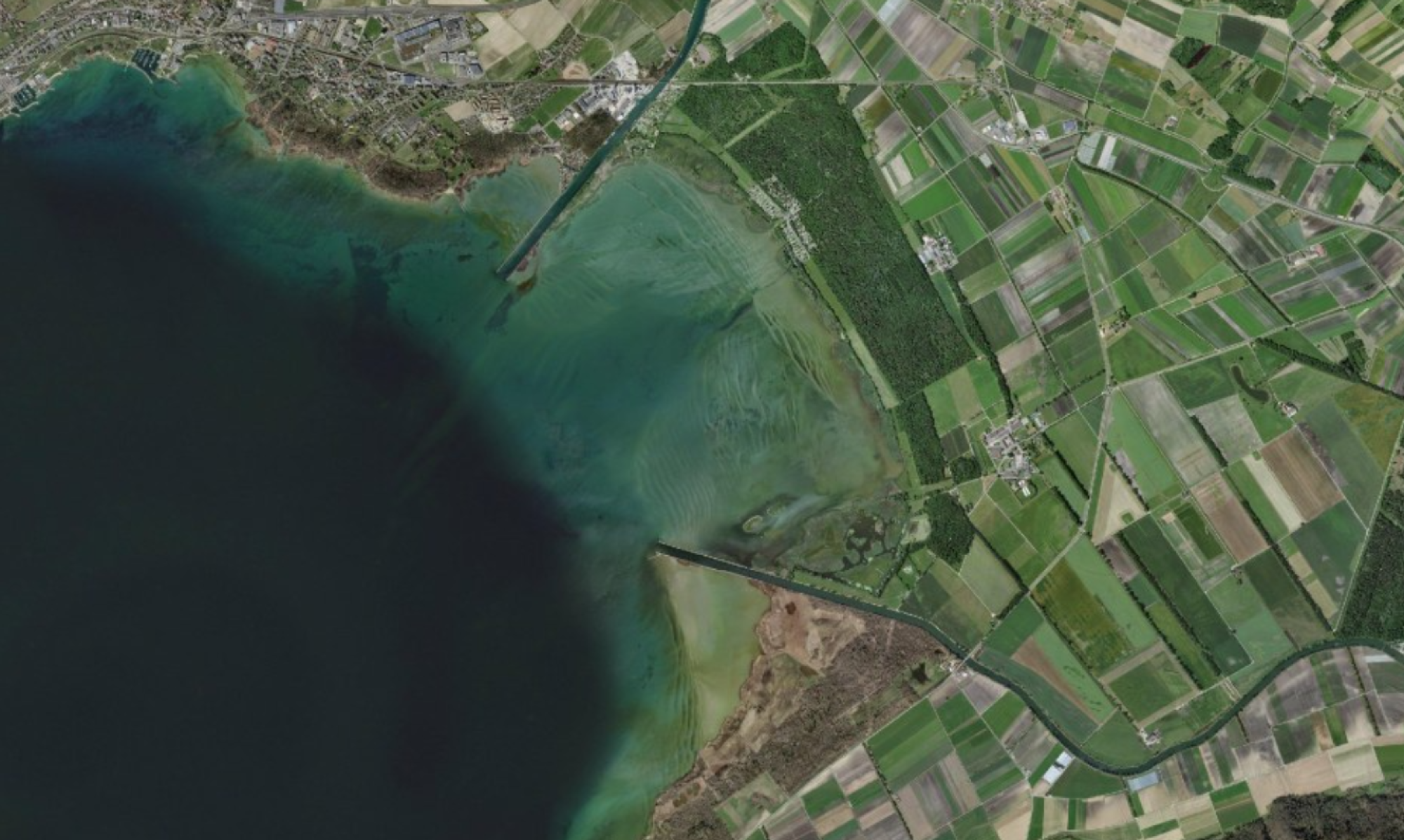
Motivation
Grasslands constitute a significant portion of Switzerland’s landscape, primarily utilized for livestock production while offering essential ecosystem services such as biodiversity conservation, carbon sequestration, and water purification. However, they face increasing threats due to intensive land use practices like frequent mowing, prolonged grazing, and heavy fertilizer application. To effectively assess grassland health and enhance sustainable management, it’s crucial to comprehend their ecological condition, management techniques, and exposure to various human activities.
In addition to anthropogenic pressures, climatic factors and environmental parameters significantly influence grassland dynamics. Variables such as temperature, precipitation, soil composition, nutrient availability, and topography play pivotal roles in shaping grassland states. With the anticipated rise in extreme weather events, particularly water scarcity and extreme heat, understanding these factors becomes paramount for effective grassland management. Despite the challenges posed by acquiring ground-field data, leveraging Earth Observation (EO) data offers a cost-effective solution. By utilizing Radiative Transfer Models (RTM) to derive physical quantities like Leaf Area Index (LAI), it becomes possible to accurately identify management practices and estimate biomass, thus facilitating informed decision-making in grassland management.
Approach
The goal of the thesis is to establish a robust grass growth estimation method based on EO data, mechanistic modelling (Radiative Transfer Models) and environmental variables.
The objective is to create a model that predicts biomass using LAI. This estimation will then be used to derive the growth rate as a function of temperature. Once the model reliably estimates the grass growth rate, the effects of meteorological extreme events (droughts, based on a drought index) will be investigated across (1) time (comparison of different years) and (2) space (comparison of different parcels) in Switzerland. To do so, the model will be applied across multiple case study regions and over several years. The estimates will help to assess the condition of grasslands and their productivity after major droughts. The results should further provide valuable insights to optimizing management strategies to ensure their long-term sustainability in the face of changing environmental conditions, with a special focus on droughts and extreme temperatures.
